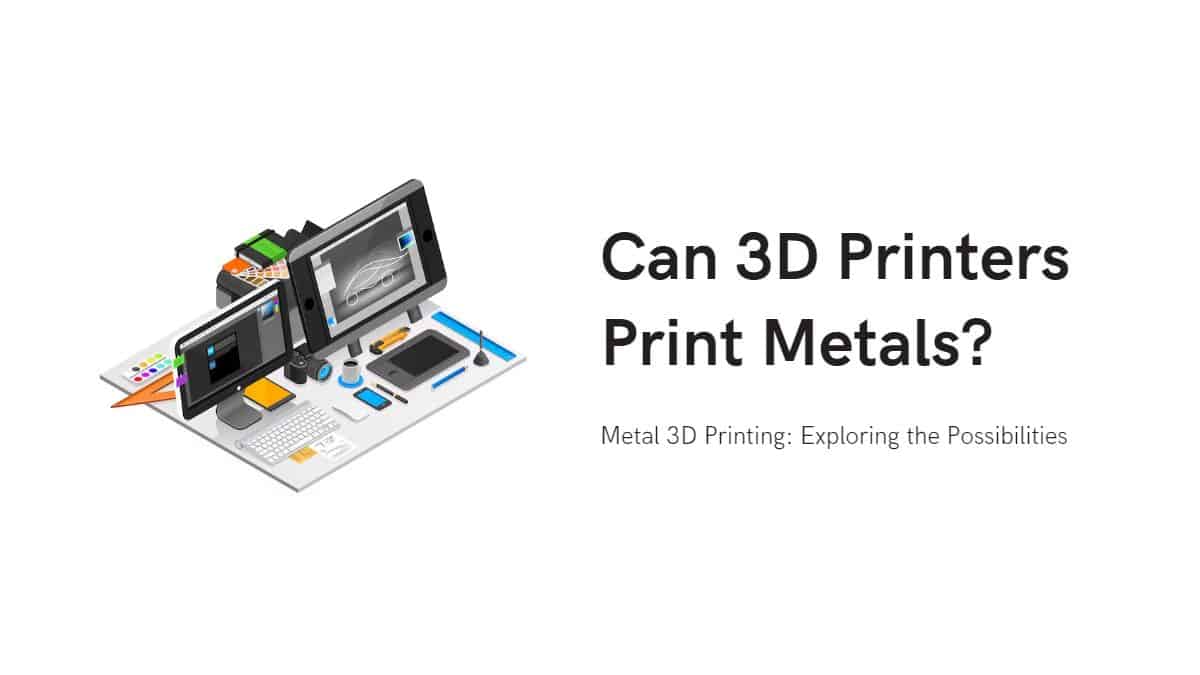Can 3D Printers Print Metals?

Table of Contents
Are you a 3D printing enthusiast wondering how far you can go with 3D Printing? You must have wondered if 3D printers can print metal. If this is one of the questions on your mind, you are on the right page. And yes, 3D printers can print metals.
When looking to print metals with a 3D printer, you have to either directly melt metal powders or use sintering. You can also blend these processes with another material. The concept of printing metals with 3D printers has done a lot for the manufacturing sector, and it is specifically great for mechanical engineering, tooling, and aerospace.
What Metals Work for 3D Printing?
When looking to print metals with 3D printing, there are several metals you can use. These metals have to be used in powder form, and some of them are nickel-based alloys, tungsten, titanium, cobalt chrome, copper, aluminum, stainless steel, steel, and titanium. You can also use precious metals like silver, palladium, platinum, and gold.
The various available metals for 3D Printing offer many alternatives because of their various properties. So, you can select a metal based on what you are looking to achieve.
If you are printing corrosion-resistant objects like steam turbine parts, valves, pipes, etc., use stainless steel.
Are There Metals that Cannot be Used in 3D Printing?
Technically, there is no limitation to the metals that can be used in 3D printing. As long as you can obtain a metal in powder form, it can be useful in 3D printing.
The ideal materials for 3D Printing are supposed to melt. However, metals that burn under high temperatures are not useless. Although you should not process materials that burn at high temperatures via melting or sintering, they provide benefits when extruded through a nozzle.
What are the Ideal 3D Processes for Metal Printing?
Metal printing involves quite many processes. However, the most popular are Electron Beam Melting and Powder Bed Fusion Techniques.